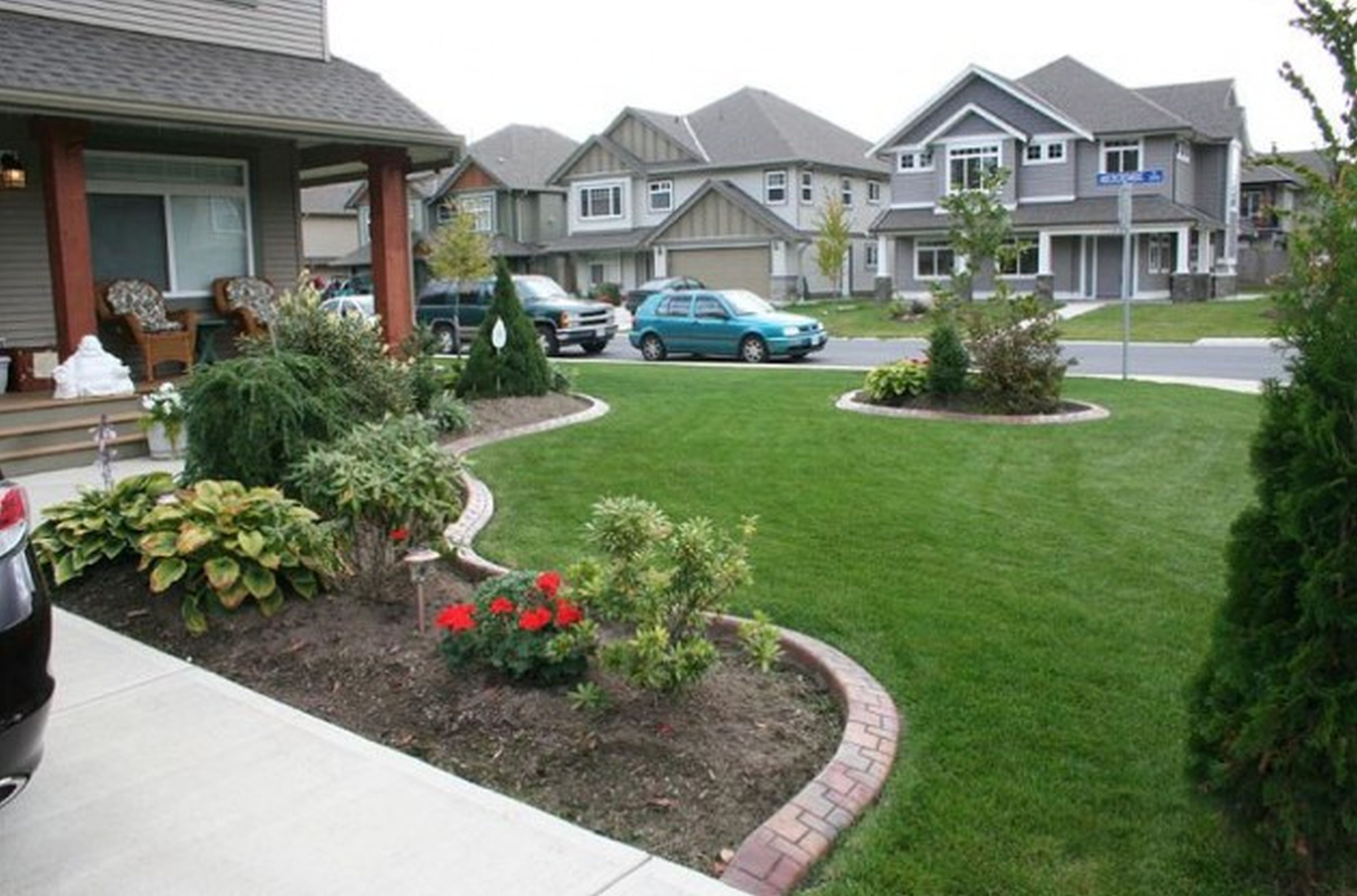How do you install pavers in your backyard?

Installing pavers in your backyard can create an attractive and useful out of doors area. Here are the final steps for putting in pavers in your yard:
Materials and Tools You'll Need:
Pavers of your selection
Base material (sand or gravel)
Edge restraints (plastic or metal)
Landscape material (optional)
Tamper
Level
Rubber mallet
Shovel
Wheelbarrow
String traces

Plate compactor (optional, but highly recommended)
Masonry saw (for chopping pavers as needed)
Step 1: Planning and Preparation:
Plan the structure: Decide where you want to install the pavers and create a layout plan. Consider landscaper , design, and form you want for your paver patio or pathway.
Mark the world: Use stakes and string strains to mark the boundaries of the venture area. Ensure https://scarborough-stuart-2.thoughtlanes.net/why-is-landscaping-upkeep-important-1707187361 is sq. and level by measuring diagonally from nook to corner.
Step 2: Excavation:
Excavate the area: Using a shovel, remove the highest layer of soil to the specified depth on your base materials. The depth will rely in your particular venture and local suggestions. Typically, it's round 4-6 inches for pedestrian visitors and 8-12 inches for driveways.
Create a slight slope: To ensure correct drainage, create a slight slope away from your house or different structures. A slope of 1/4 inch per foot is mostly beneficial.
Install edge restraints: Place plastic or metal edge restraints around the perimeter of the excavated area. These will assist maintain the pavers in place and prevent them from shifting over time.
Step three: Base Preparation:
Add base materials: Pour and spread a layer of base materials (sand or gravel) evenly over the excavated space. The thickness of this layer will rely in your venture's necessities.
Compact the base: Use a plate compactor to compact the base material thoroughly. This step is essential to create a steady and stage surface. Continue adding and compacting base materials till you achieve the specified height.
Step 4: Installing Pavers:
Begin laying pavers: Start at one corner and begin placing your pavers in your desired pattern. Be positive to leave constant gaps (usually 1/8 to 1/4 inch) between pavers for joint sand.
Maintain straight lines: Use string lines or straight edges to hold up straight traces and ensure your pavers are level as you lay them.
Cut pavers as needed: Use a masonry saw to chop pavers to fit at the edges or around obstacles like bushes or curves.
Tap pavers into place: Use a rubber mallet to faucet every paver gently into place, making certain they're level and seated securely in the base material.
Step 5: Joint Filling:
Spread joint sand: Once all the pavers are in place, spread joint sand over the floor.
Sweep and compact: Sweep the sand into the joints between the pavers. Compact the pavers as soon as more using the plate compactor to settle the sand and lock the pavers in place.
Step 6: Final Touches:
Clean the floor: Sweep off extra joint sand from the surface of the pavers.
Seal (optional): Consider applying a paver sealer to enhance the looks and defend the pavers from stains and weathering.
With proper planning and careful execution, putting in pavers in your backyard can create a durable and attractive out of doors area for numerous functions, such as patios, walkways, and driveways. Be sure to follow native building codes and tips, and should you're not assured in your DIY expertise, consider hiring an expert paver installer for the job..
